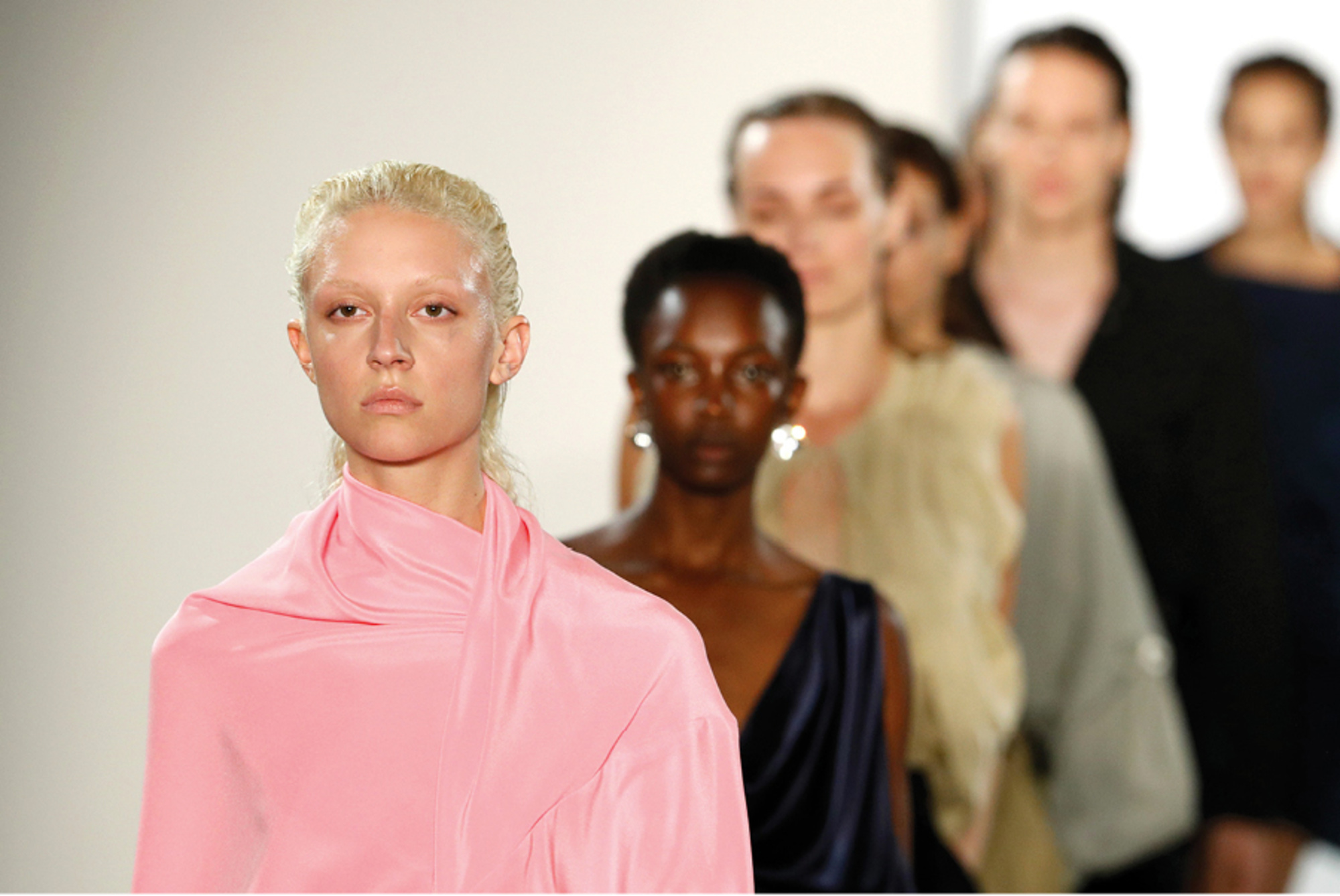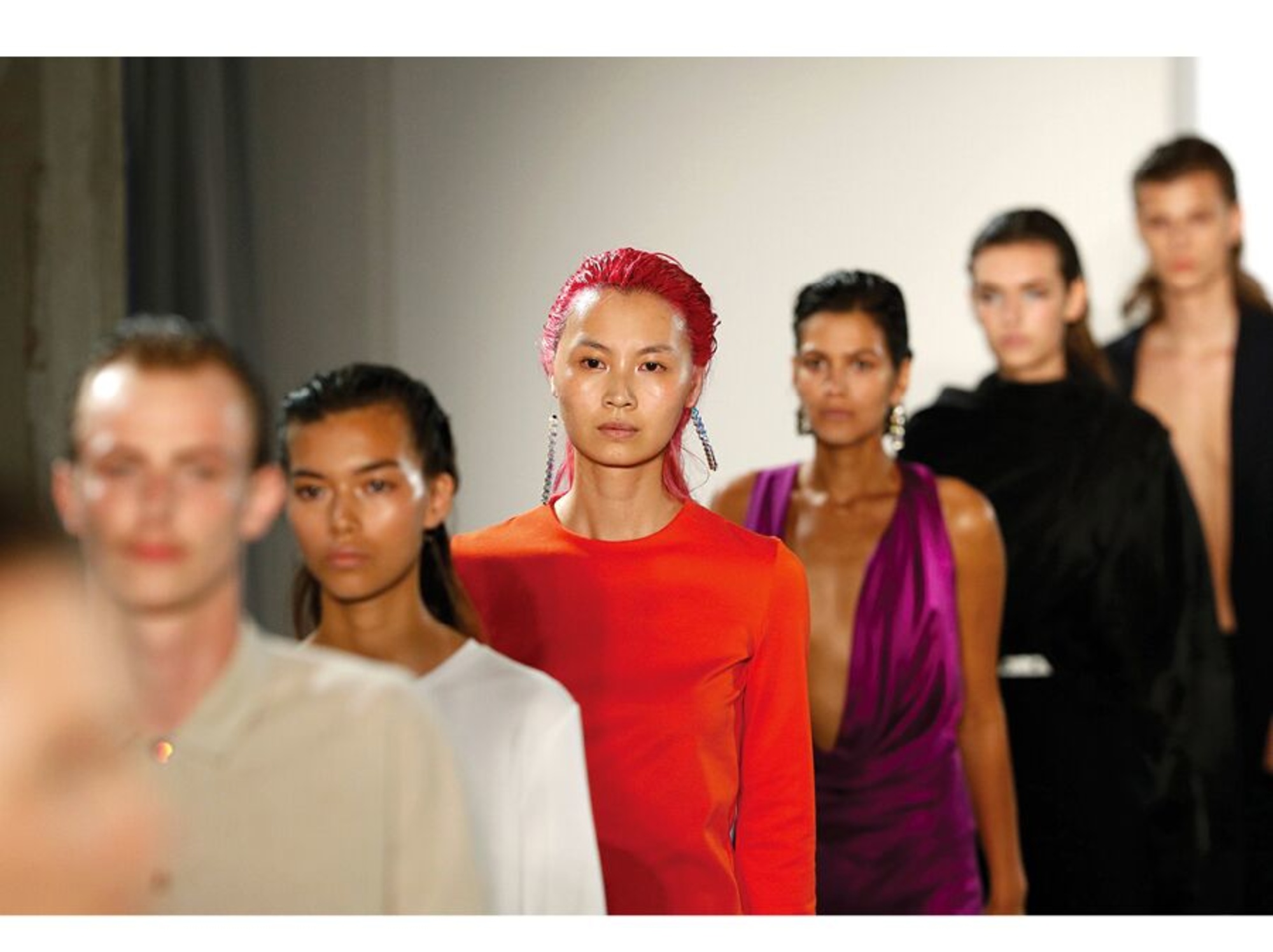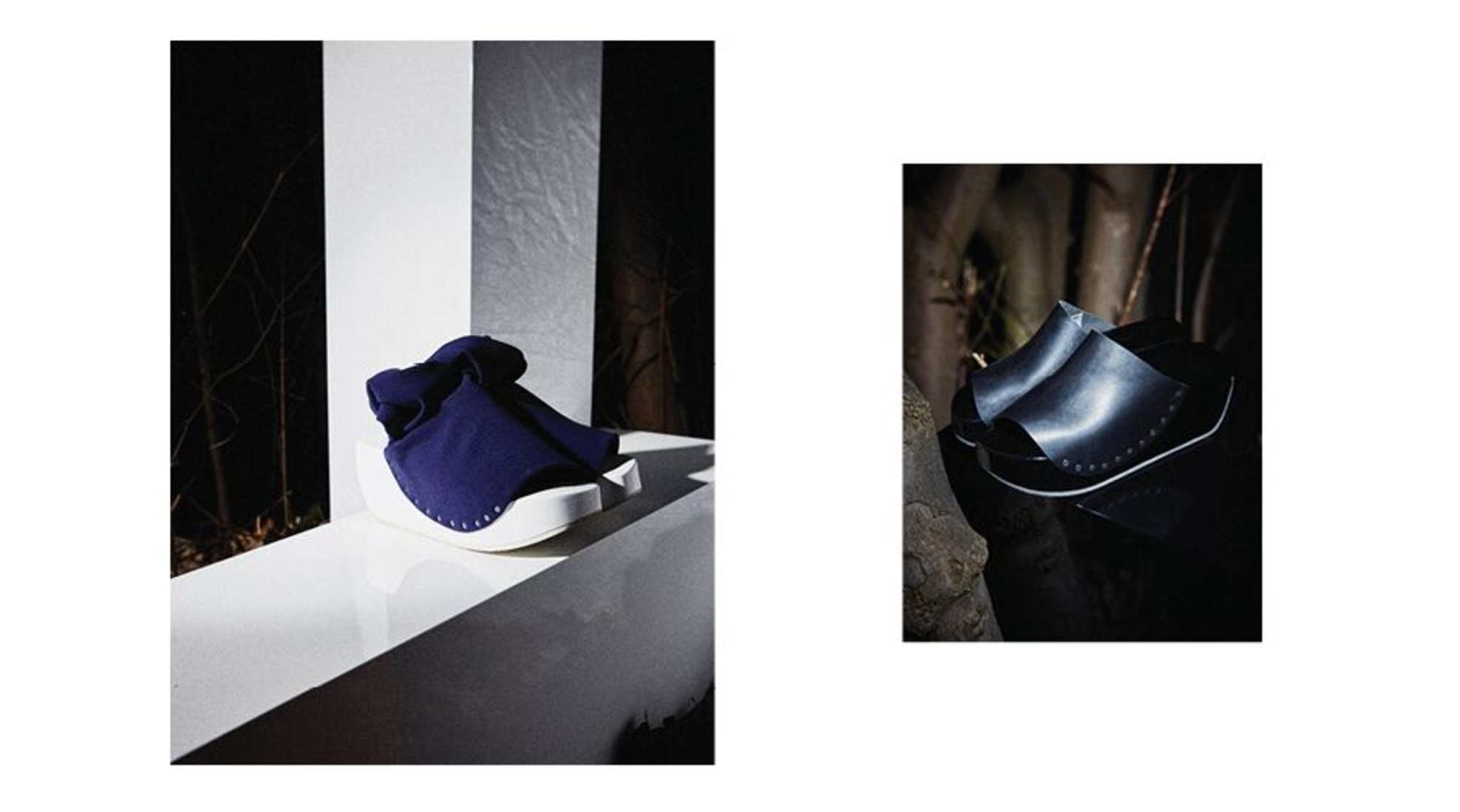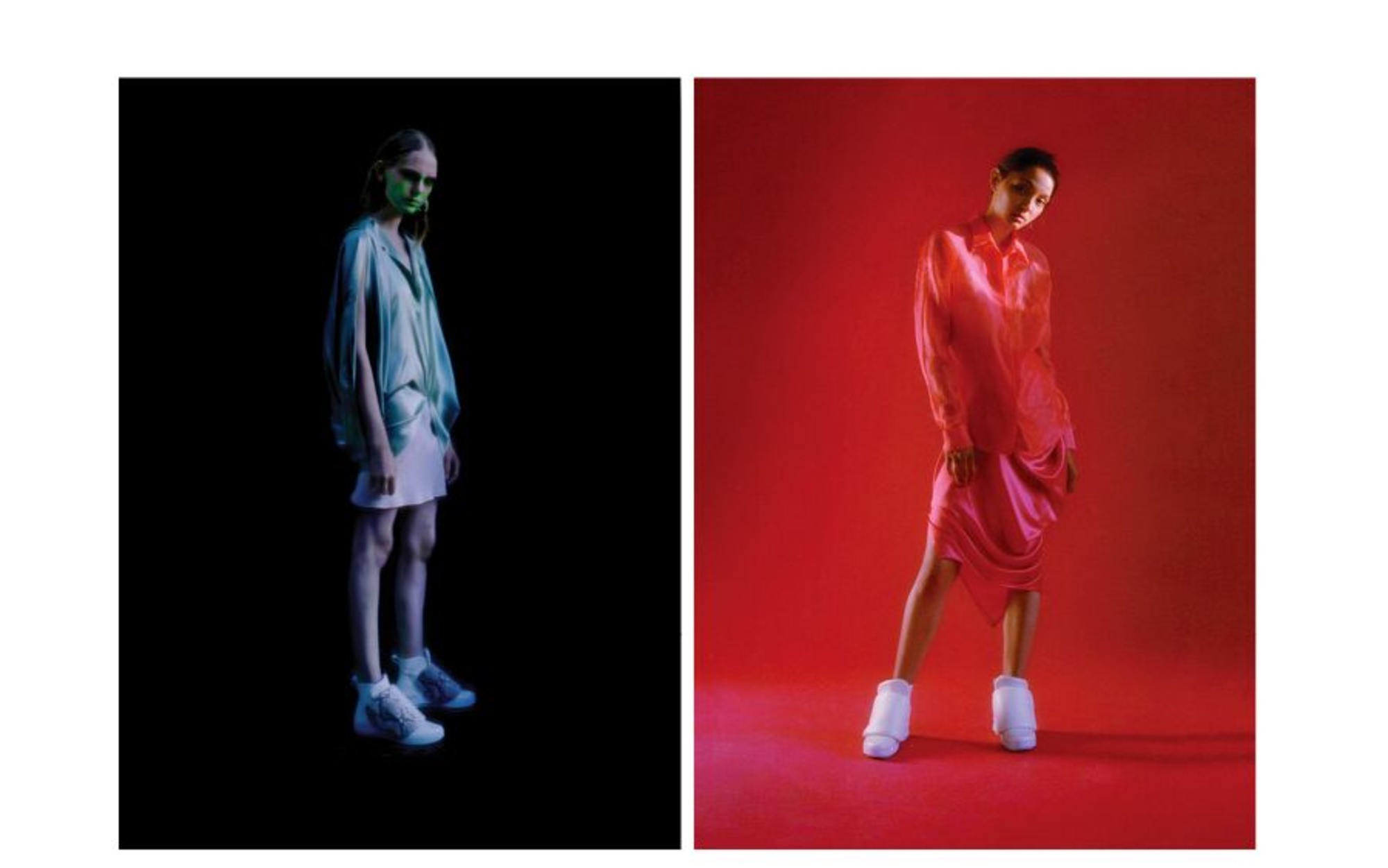Michael Sontag Interview
_The fashion designer Michael Sontag has an ongoing collaboration with Trippen. I was intrigued to meet Michael in his small studio in the heart of Kreuzberg. He welcomed me warmly before we spoke candidly about how his work counterbalances the standards of the global fashion industry, and about his collaboration with Trippen._
**You’ve publicly stated that you refuse to follow the industry standard of fashion seasons. What led you to this decision?**
In the beginning, of course, I had to follow the rules of making new collections every season, but about three years ago I moved right back towards my initial idea, and I am now making “assemblies” instead of collections. The process was very intuitive. When I think about it now, of course, the issue of sustainability come to mind, but ten years ago it wasn’t that clear. It just didn’t make any sense to me that after half a year my old collection would be sold on sale for half price. This consumerism and fast fashion were distracting me. I believe in timeless design solutions.
_"I don’t like to use moodboards or themes for the collection. This is never present in my process, and nor do not take the customer into consideration either. In a way, I find that dangerous in combination with creativity."_
**How does this belief translate into reality?**
For instance, in my shop, I sell a mixture of all my collections. About 90% of my customers come by appointment, and if the customer would like to have something from my first collection, we produce it in their size.
**I’m assuming you had to adjust your business model to be able to go this direction?**
I’ve always worked in a small team. The biggest team I’ve had was five people, actually. This allows me to work my own way and stay flexible, because I have no-one depending on me financially. It would be difficult without this freedom. A few years ago, I opened my own store and stopped selling in other shops, so that also had a big impact. For now, I am really comfortable working on a smaller scale. I think it’s also more appropriate.
**What does it take to create a timeless piece of clothing?**
I think it’s important to have enough time to create a piece of clothing that is exclusive. Having some form of contact with the product during the entire process is also crucial. I always dreamed of having a producer near me so when there is a problem I can hop into my car and figure it out personally on site. In fact, most of my pieces are produced here in Berlin, so my dream is close to being a reality.
**Can you talk a bit about your creative process?**
I don’t like to use moodboards or themes for the collection. This is never present in my process, and nor do not take the customer into consideration either. In a way, I find that dangerous in combination with creativity. I would say that my process starts with the fabric. Then I usually drape the fabric on the mannequin. Every material has a certain type of behaviour, and I want to let the fabric to speak for itself. I also do a lot of layering and construction work. I would say that I have a strong sense of construction in my clothes.
_"It just didn’t make any sense to me that after half a year than my old collection would be sold on sale for half price. This consumerism and fast fashion were distracting me. I believe in timeless design solutions."_
**I see that you have a few different accessories in your studio too. How often do you collaborate with other brands?**
I’ve had a few accessory collaborations in the past, because I like to create a total look, but on the other hand, it can take away attention from the clothes, and given that details are very important to me so I have to be careful with that.
**How did the collaboration between you and Trippen begin?**
It started three years ago. I approached Trippen because I wanted to create a shoe for my show that would fit my collection. So the first collaboration was mostly about selecting the materials and colours from Trippen’s range. But that has developed further and now, we often try new things together. Trippen is really not afraid to do something new, which makes me really excited. I initially reached out to Trippen because I really like the brand. They are my role models in many respects. Trippen is not afraid to have its own voice, and the brand has remained true to its design philosophy over the years.
**Could you tell us something about your experience of making shoes with Trippen?**
When I think about it now, I realise that every collection we’ve done together has taken different approach. For our very first shoe collaboration, I used to come to Trippen’s production factory in Zehdenick, [Brandenburg]. The other shoes I made in my studio using the same kind of draping technique as I do with my clothes. For the latest season, I brought Trippen designers Claudia and Michael a picture of historical Swiss mountain wooden shoes that really inspired me, and we recreated that design in our own way.
_Text: Jakub Kubica_
**Discover the collaboration shoes here:**
Wrap f
Envelope f







